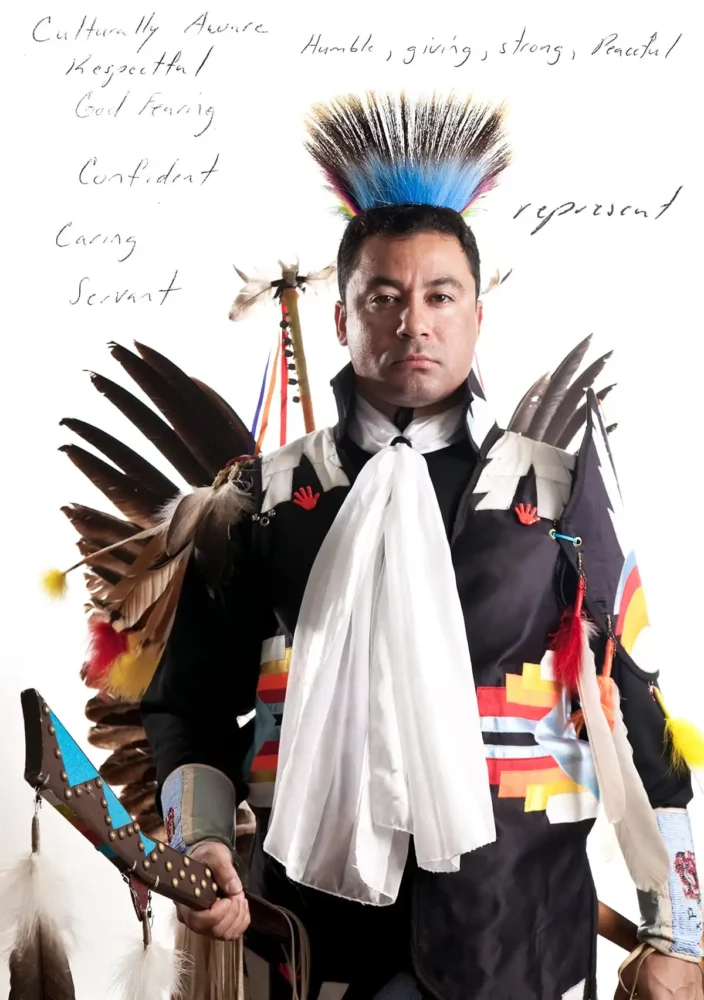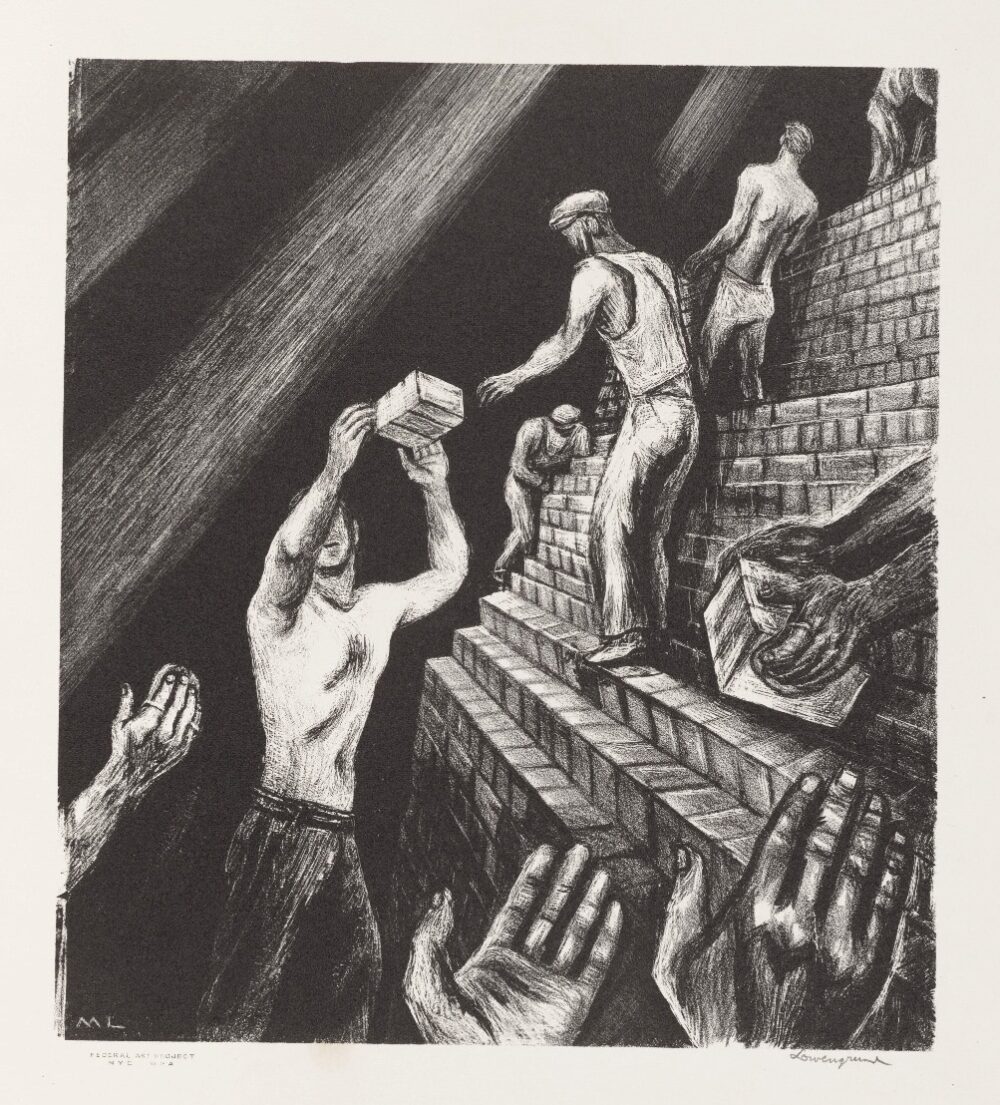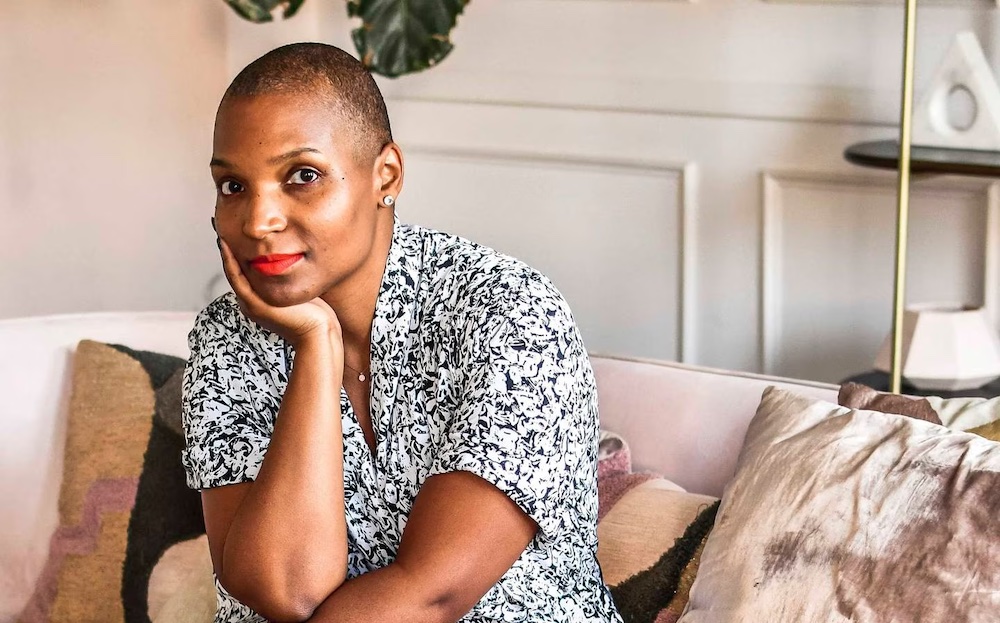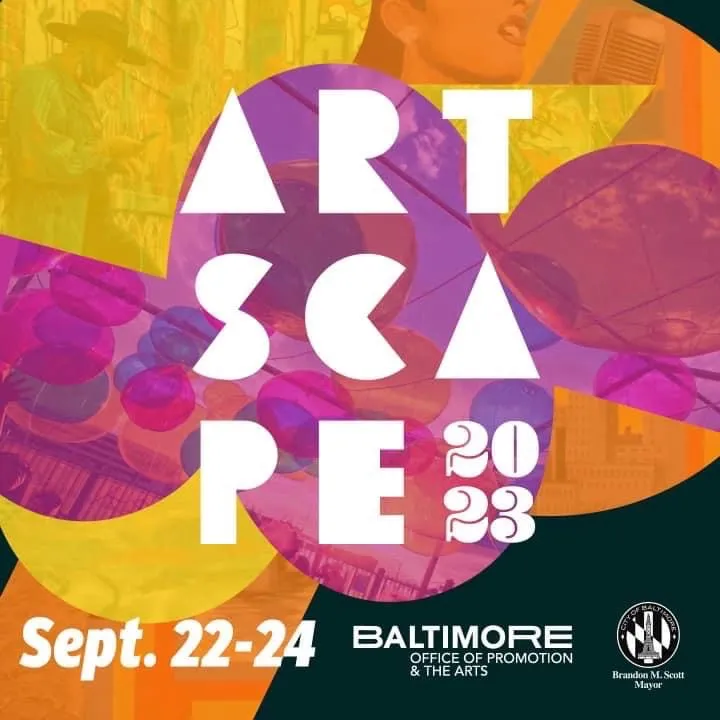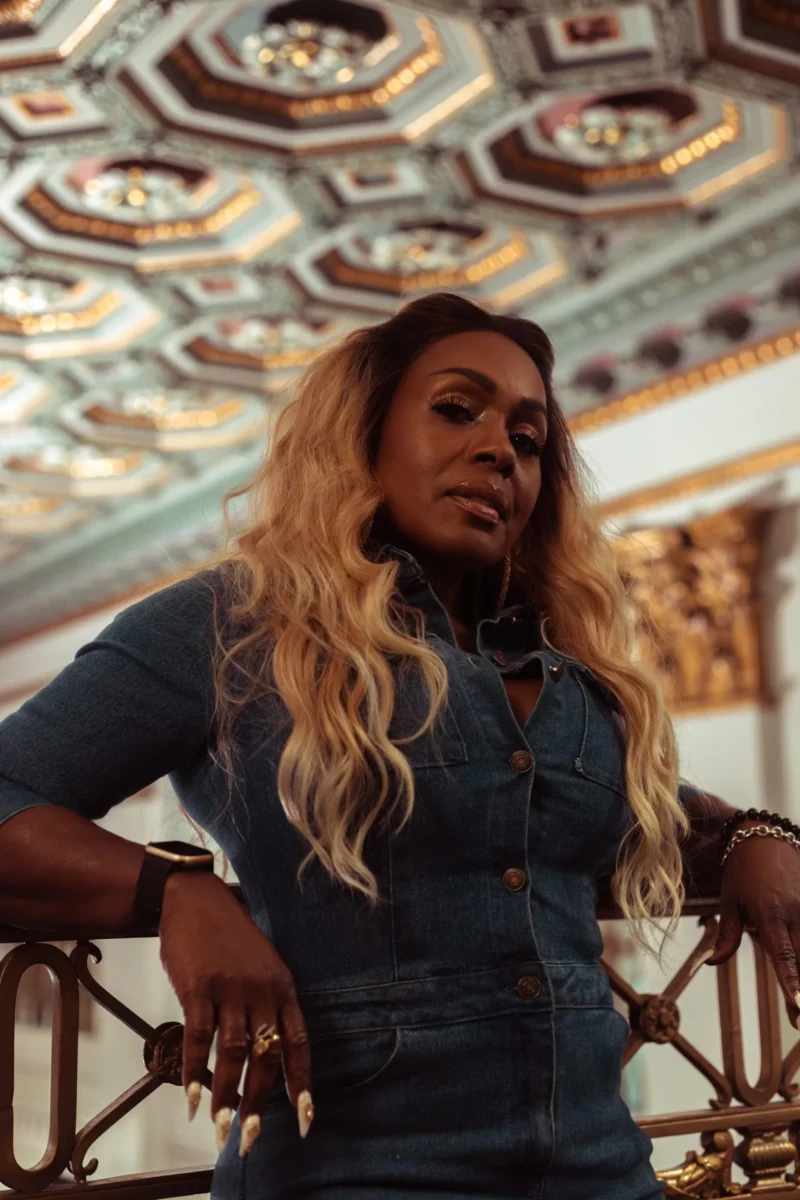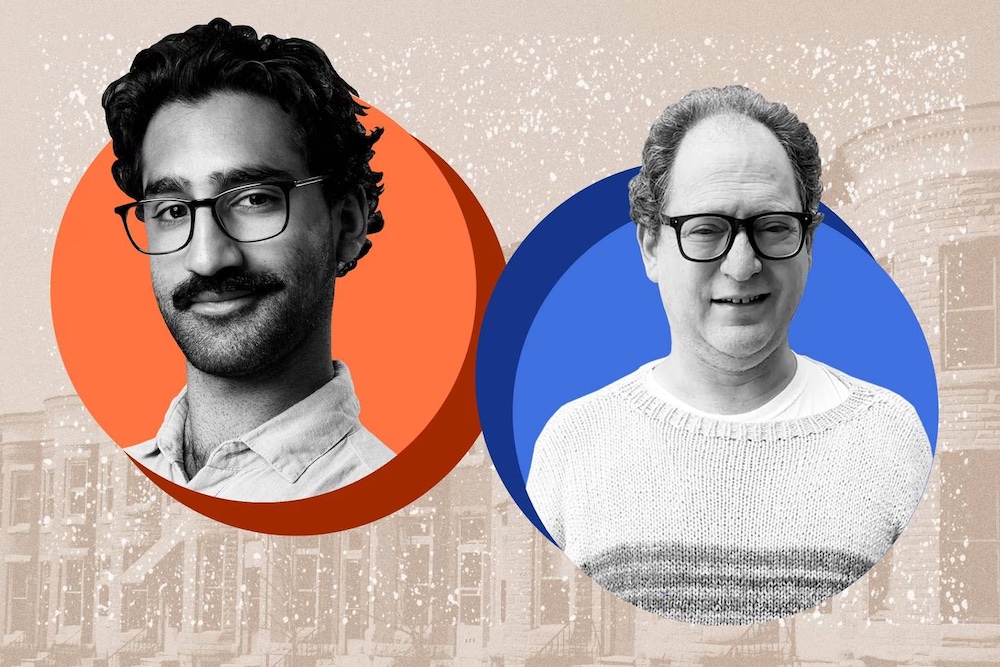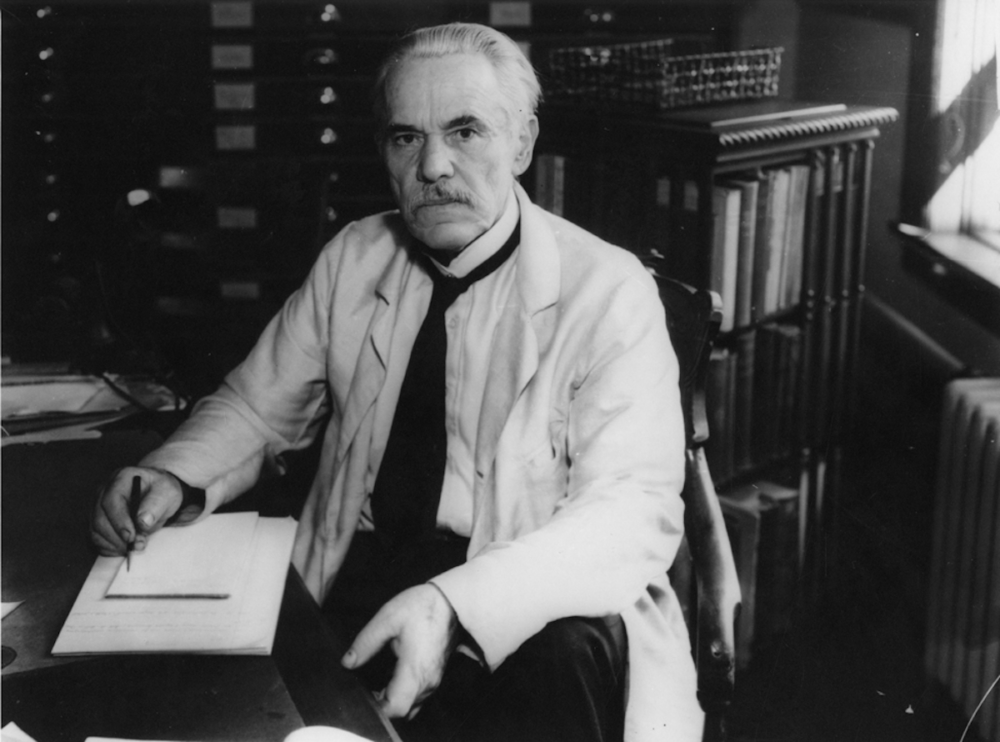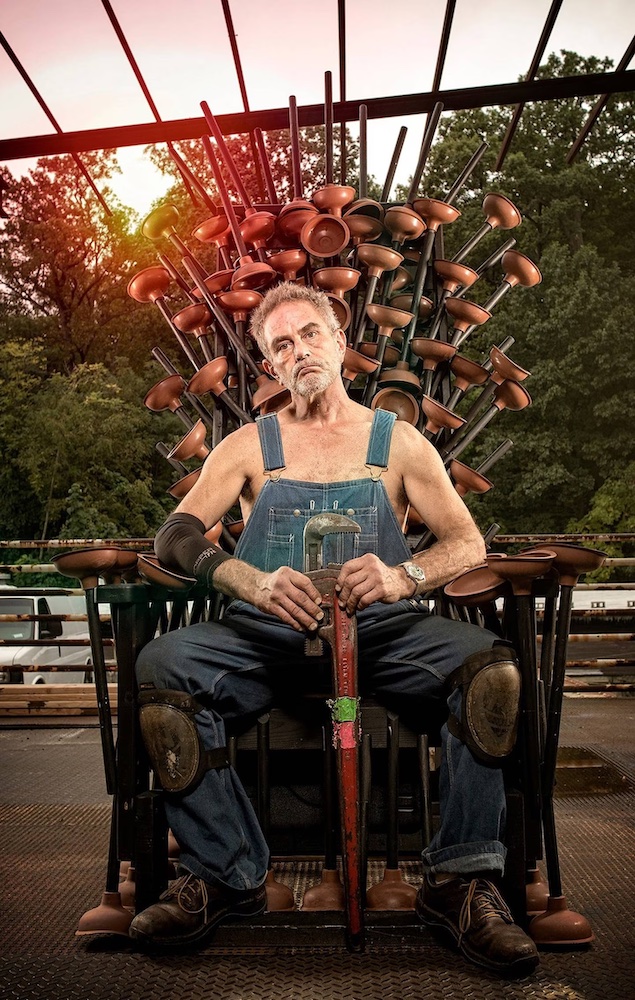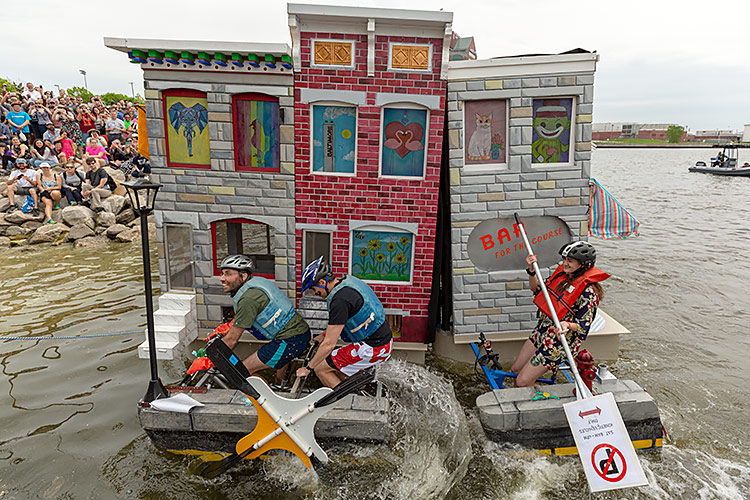BOPA Announces Further Updates to Artscape 2023
Press Release :: August 17
As ARTSCAPE makes its triumphant comeback, illuminating Baltimore from Friday, September 22 to Sunday, September 24, 2023, the Baltimore Office of Promotion & The Arts (BOPA) is poised to maximize the festival’s urban landscape.
Infusing the city with a kaleidoscope of creative voices spanning diverse mediums, this year’s free arts festival – one of the nation’s largest – is an embrace of innovation. Artscape 2023 will go beyond the conventional and present captivating public art installations that beckon festivalgoers to explore, engage, and be inspired.
“We’re excited to infuse our city with a vibrant blend of artistic voices,” said Todd Yuhanick, Interim CEO of BOPA. “Artscape isn’t just about celebrating art; it’s about fostering fierce connections and sparking new perspectives, especially within our community.”
Among the new perspectives being ignited at Artscape, however, the Station North Arts & Entertainment District will undergo a remarkable metamorphosis thanks to an array of captivating public art installations.
The district’s landscape is being reimagined as a realm of creative possibility, inviting visitors to interact with the work of prominent artists including Derrick Adams, Jaz Erenberg, Erin Douglas, Adam Stab and Maya Hayuk. The artists are set to lead multi-discipline works of art through large-scale, vibrant designs that will adorn the district and its establishments. Three-dimensional works of art, by Saba Hamidi and Scott Pennington, will also punctuate the North Charles Street corridor, offering festivalgoers an opportunity to pause, reflect, and appreciate the exquisite interplay between form and function.
“It’s incredible how something as simple as a mural or sculpture can completely change an environment. This year’s Artscape event has been a wonderful opportunity to showcase Baltimore’s talented artists and boost the city’s creative economy,” said Tonya R. Miller Hall, senior advisor of Arts & Culture for the Mayor’s Office. […]
This year, Artscape received an overwhelming response, with over 1,000 applications from artists, vendors, and organizations eager to be a part of the spectacular event. Returning programming includes the Artists’ Market, featuring 100-plus artists presenting their original, professional-quality work, in addition to the Emerging Artist Program, which is supportingexclusively Baltimore-based artists this year by providing them a free space, tent, and tables to showcase.
Artscape is a rain-or-shine event, promising an unforgettable celebration of art and community. Produced by BOPA, the presenting sponsors of Artscape 2023 are the City of Baltimore, the Whiting-Turner Contracting Company, and the Maryland State Arts Council (MSAC). Artscape 2023 is generously supported by AARP, Kaiser Permanente, ATAPCO, PNC Bank, CareFirst BlueCross BlueShield, Aetna Better Health of Maryland, the Maryland Department of Transportation (MDOT), NRG, and the Maryland Vehicle Administration (MVA). WJZ-TV CBS Baltimore is the official media partner.
Information on navigating and parking at Artscape 2023, programming, logistics, and more can be found and will continue to be shared at artscape.org and on social media (@promoandarts).


